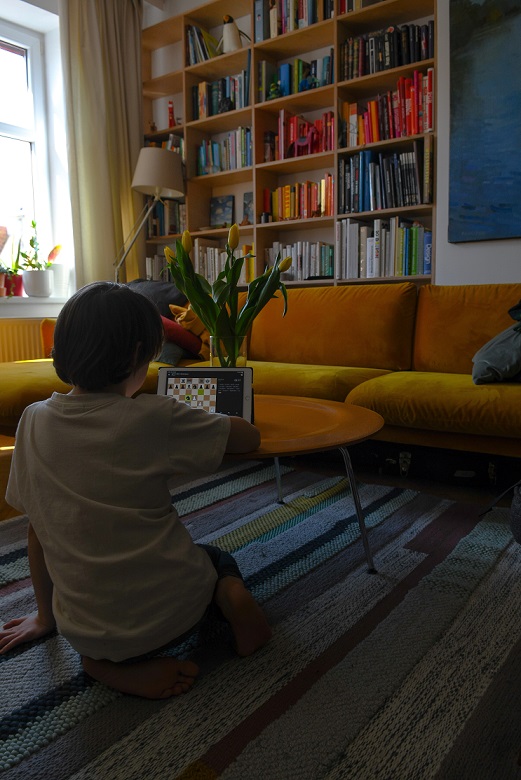How to choose a modern tablet for a schoolchildren

Choosing a modern tablet for schoolchildren requires careful consideration of several factors, including the device’s features, durability, performance, and affordability. Here are some tips to help you choose the right tablet for school-age children:
Operating System:
There are three main operating systems for tablets: iOS (used by Apple’s iPad), Android (used by various tablet manufacturers), and Windows (used by Microsoft’s Surface tablets). Consider which operating system aligns with the school’s requirements, apps, and curriculum, as well as the child’s familiarity and comfort level with the operating system.
Size and Weight:
Tablets come in various sizes and weights. For school use, it’s generally recommended to choose a tablet with a screen size between 8 to 10 inches, as it provides a good balance between portability and usability. Ensure that the tablet is lightweight and easy for children to carry in their school bags.
Durability:
Since tablets for school use may be subjected to rough handling by children, it’s important to choose a tablet that is durable and can withstand accidental drops and spills. Look for tablets with sturdy build quality, reinforced corners, and scratch-resistant screens.
Performance:
Consider the tablet’s performance, including the processor, RAM, and storage capacity. A tablet with a decent processor, ample RAM, and sufficient storage space will provide smooth performance for educational apps, multimedia content, and multitasking.
Battery Life:
Look for a tablet with good battery life, as schoolchildren may need to use the tablet for several hours during the school day. A tablet with a battery life of 8 hours or more is ideal for school use.
Connectivity:
Check the tablet’s connectivity options, such as Wi-Fi, Bluetooth, and USB ports. These features can enhance the tablet’s versatility for school-related activities, such as online research, file sharing, and connecting to external devices.
Parental Controls:
Look for tablets that offer robust parental control features, such as content filtering, screen time limits, and usage restrictions. These features can help parents manage and monitor their child’s tablet usage and ensure a safe and productive learning experience.
Budget:
Set a budget for the tablet and consider tablets that fall within that budget. While it’s important to invest in a quality tablet that meets the child’s needs, it’s also essential to consider affordability and value for money.
Reviews:
Read reviews from reputable sources and check customer feedback on the tablet model you are considering. Reviews can provide insights into the tablet’s performance, durability, and user experience, which can help you make an informed decision.
Warranty and Support:
Check the manufacturer’s warranty and customer support options for the tablet. A tablet with a reliable warranty and good customer support can provide peace of mind in case of any issues or defects.
Conclusion
By considering these factors, you can choose a modern tablet that is suitable for schoolchildren, meets their educational needs, and provides a safe and enjoyable learning experience.

